Cutting Edge German Medical Technology
People join gyms & wellness centers for various reasons - to lose weight, to get back in shape, to maintain good health and to keep the body fit. Most centers measure a person's fitness level through passive means of weight, BMI, body fat and muscle ratio. Yet hundreds of people suffer from cardiac episodes at gyms every year. The only conclusive measure of body's fitness required people to visit a doctor and run expensive specialist tests.
Hrdayin has coupled with 21st century data analytics with mobile technology to bring the power of predictive fitness to your hands. It's a patented technology which is very unique in it's approach. It's called Fitness Observer. It check's body's recovery rate after stress and with complex data analytics, provides you with a report that is comparable to medical fitness report
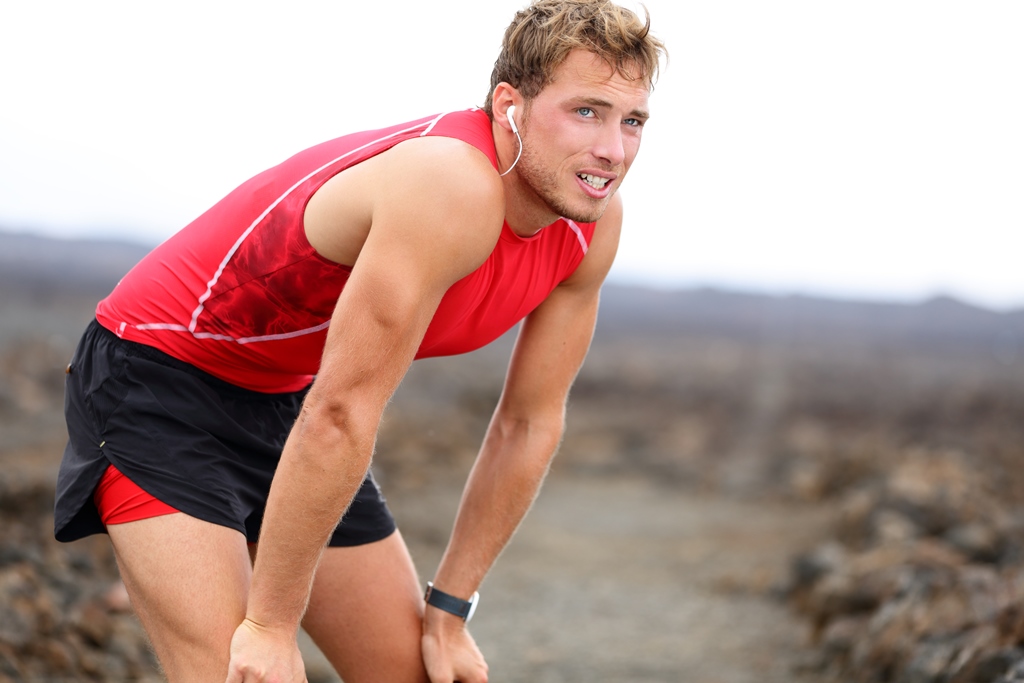
Guesses can be fatal! Thankfully, we have a solution Patented technology Predicts your fitness level German research + Indian engineering
A modern and perspective approach to study the fitness and recovery
Fitness observer is a testing method to determine the cardiovagal recovery and regeneration capacity after acute strenuous physical activity. One of the most frequently used diagnostic and prognostic tools for evaluating cardiovascular function is the exercise stress test
Until now the recovery capacity of the cardiovascular system after heavy physical activity has been mainly assessed based on the determination of the heart rate recovery time. Recovery heart rate is just one of the numbers that you might track to evaluate your health and fitness progress. However, in recent years, different clinical and experimental studies have suggested that measurement of the cardiovagal recovery time based on the isolated determination of parasympathetic activity is the more efficient method.
However, in recent years, different clinical and experimental studies have suggested that measurement of the cardiovagal recovery time based on the isolated determination of parasympathetic activity is the more efficient method. Exercise is associated with increased sympathetic and decreased parasympathetic activity and the period of recovery after maximum exercise is characterized by a combination of sympathetic withdrawal and parasympathetic reactivation, which are the two main arms of the ANS.
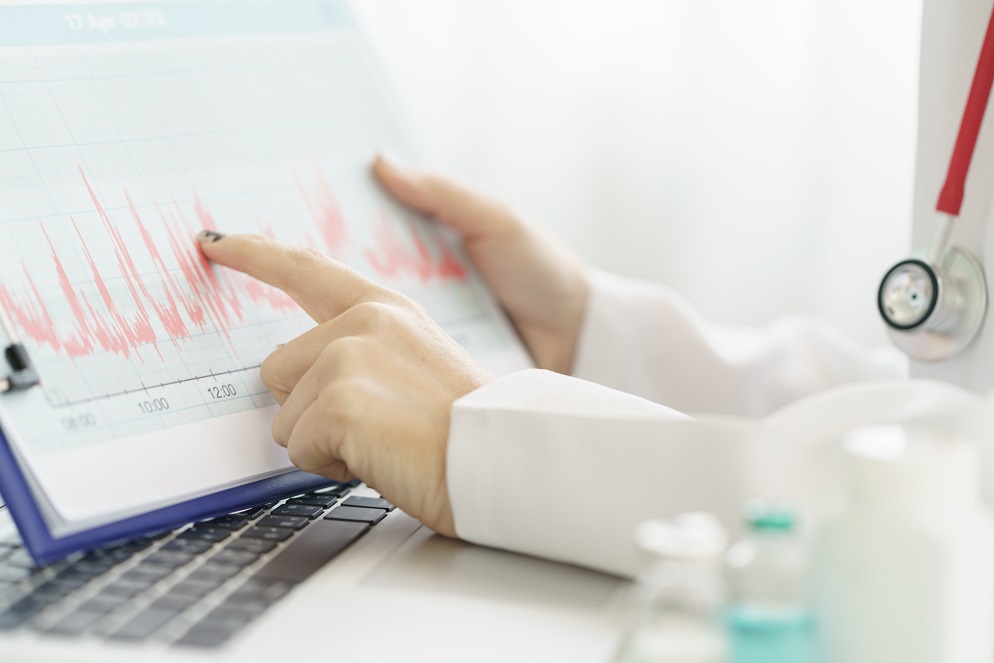

In contrast, the common determination of heart rate does not represent a pure measure of parasympathetic activity since it is also determined by an unknown percentage of sympathetic activity being based on a complex interaction between sympathetic and parasympathetic influences.
Researches have shown that, person who has strong parasympathetic nervous system recovers much faster and is the mail reason of heart rate recovery. This applies especially to the first seconds and minutes after the end of the exercise - the period which is of greatest importance to the interpretation of physical fitness and cardiac regeneration capacity.
Fitness Observer method (patent pending) uses a variation of the complex demodulation method (CDM). This method allows for a continuous measurement of the power of the HF-frequency band and the determination of any fast changes of the parasympathetic
Help you in finalizing the most suitable fitness regimen
Help in identifying the level of stress that your body can take
Help you with red flags
Help in formulating your diet
How do we measure?
Subject's base line parameters are measured for period of 1 min
On Bicycle Ergometer Subject is asked to paddle for 1 minute each at 80 -120 -150 -200 watts
The exercise is terminated when the increase of heart rate frequency reached a certain value compared to the baseline value (e.g. increase by 80%)
Subject is asked to rest for next 4 min without talking or moving During the recovery phase, the change of the parasympathetic activity is measured continuously and analyzed with Complex Demodulation Method.
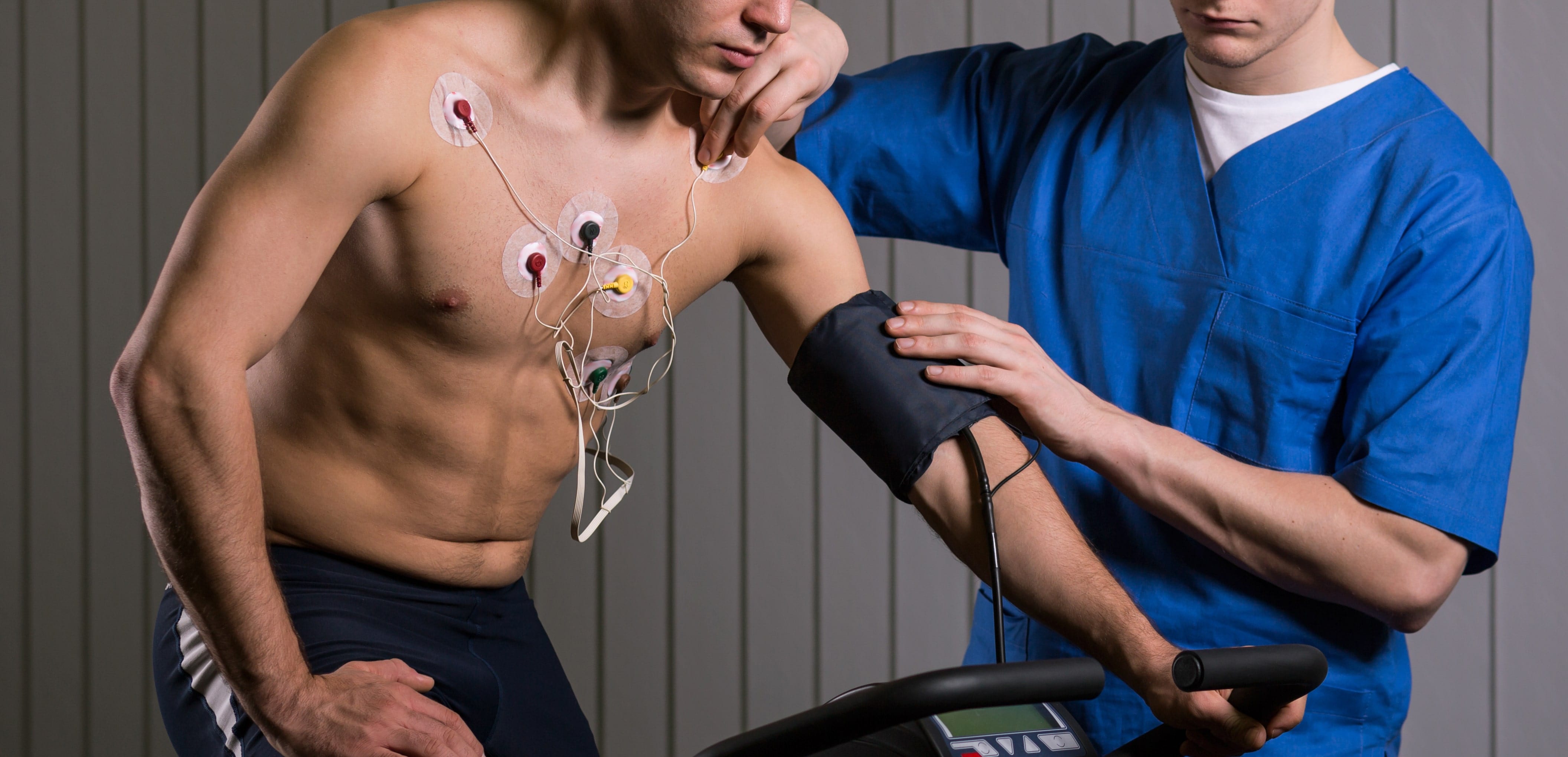
Report Analysis
To determine the efficiency of the cardiovagal recovery, the following three reaction parameters normalised to the baseline value were analysed:
Peak response: the maximum parasympathetic activity Rise time: the duration between the end of the exercise phase and peak response
Rise rate: the rise speed, i.e. the value for peak response divided by the value for rise time
The most meaningful value is rise rate. Thus, the rise rate value is used preferably to interpret the cardiovagal recovery reaction for individuals and recovery graphs are drawn accordingly
Diagram shows the time-based change of the parasympathetic activation level during the course of the recovery phase. The earlier and higher the activation curve rises, the more efficient the cardiovagal recovery reaction
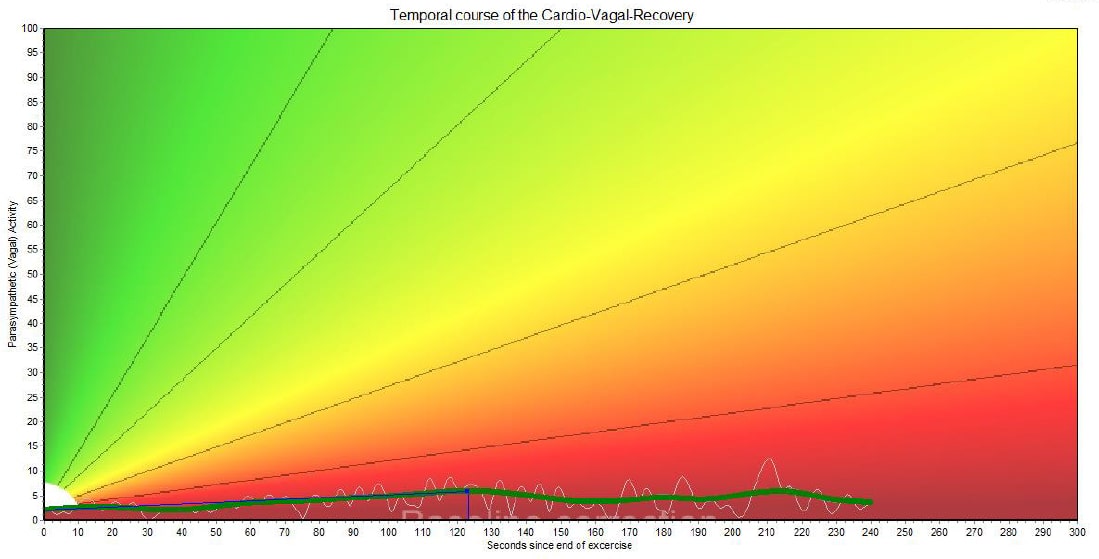
Poor
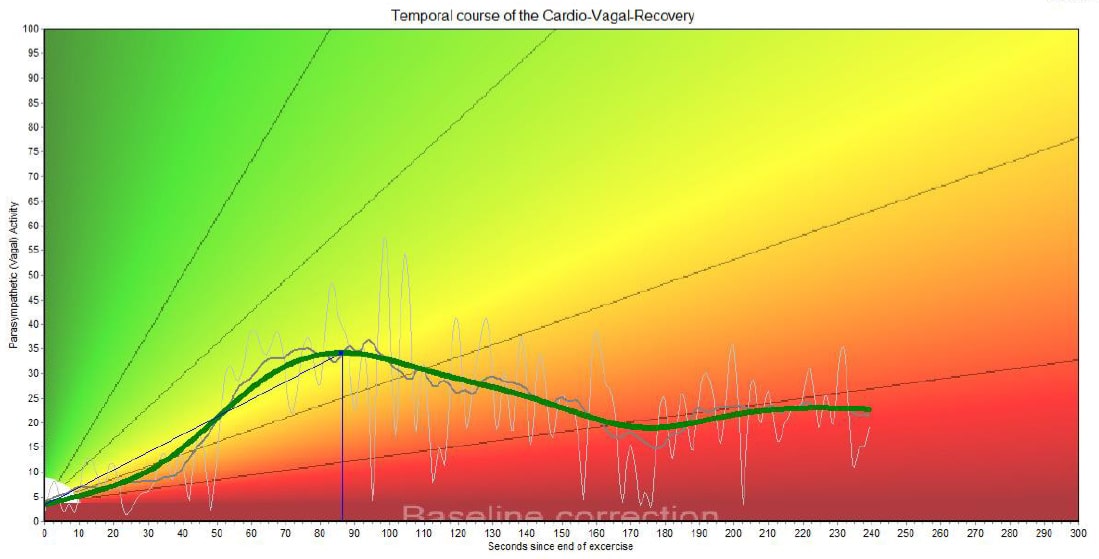
Good
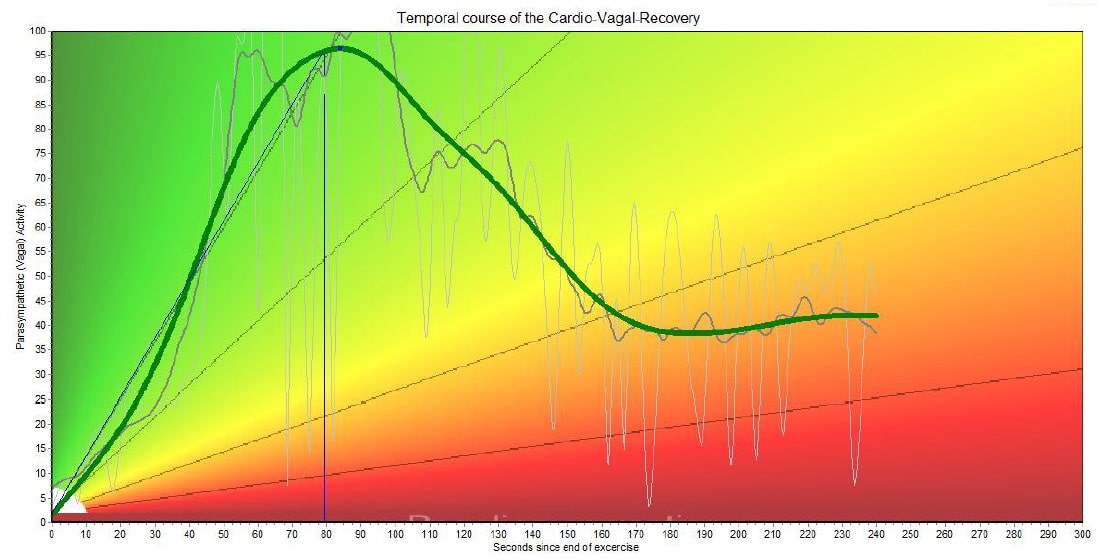
Very Good